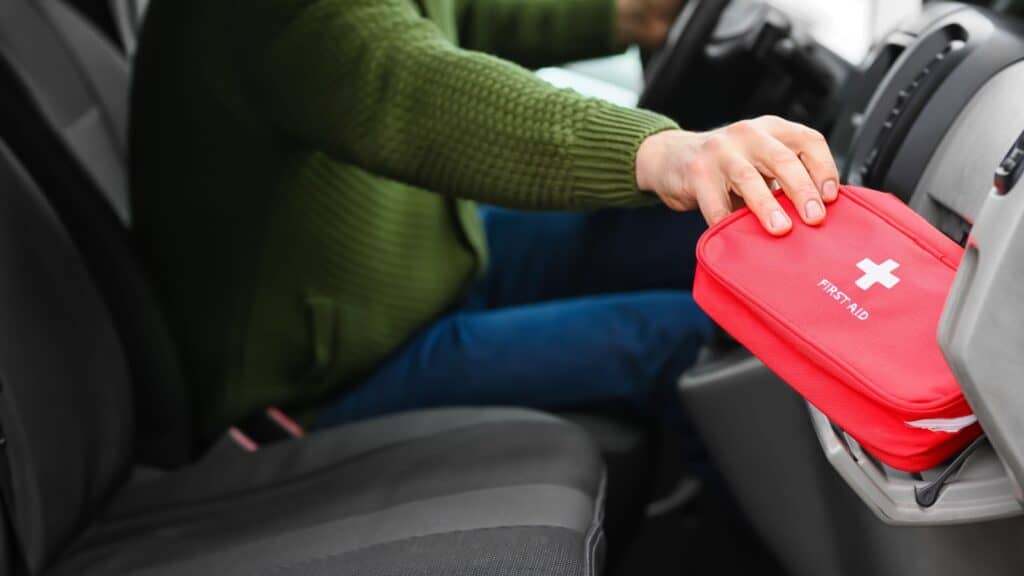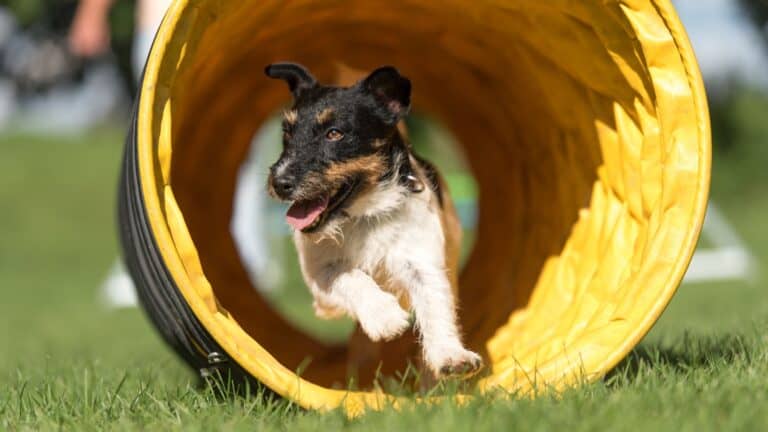From Minor Injuries to Emergencies: What Your Home First Aid Kit Needs
A well-stocked first aid kit is essential for every home. Whether you have a minor injury or need to manage a more serious condition before professional help arrives, a first aid kit can be a lifesaver. Here’s a comprehensive guide on creating the best home first aid kit, including what to include, how to maintain it, and tips for using its contents effectively.
Why You Need a Home First Aid Kit

Accidents and emergencies can happen at any time, and having a first aid kit readily available ensures you can respond promptly. A well-prepared first aid kit can:
- Provide immediate care for minor injuries.
- Help manage more serious injuries until medical help arrives.
- Reduce the risk of infections from cuts and wounds.
- Offer peace of mind knowing you are prepared for emergencies.
Basic Components of a First Aid Kit

Your first aid kit should include a variety of items to handle different types of injuries. According to the American Red Cross, here are some basic supplies every first aid kit should contain:
- Adhesive Bandages: Various sizes for covering small cuts and scrapes.
- Sterile Gauze Pads: Different sizes for larger wounds.
- Adhesive Cloth Tape: For securing gauze pads or splints.
- Antiseptic Wipes: To clean wounds and prevent infection.
- Antibiotic Ointment: To apply to wounds after cleaning.
- Hydrocortisone Cream: For relieving itching and skin irritations.
- Pain Relievers: Such as acetaminophen or ibuprofen.
- Scissors: For cutting tape, gauze, or clothing if needed.
- Tweezers: For removing splinters or debris from wounds.
- Instant Cold Packs: For reducing swelling and pain.
- Disposable Gloves: To protect yourself and the injured person.
- Thermometer: To check for fever.
- Breathing Barrier: For performing CPR.
- First Aid Manual: For quick reference on how to handle different injuries.
Additional Supplies for a Comprehensive Kit

Depending on your family’s specific needs and potential risks, you might want to include additional items:
- Burn Cream/Gel: For treating minor burns.
- Eye Wash Solution: For flushing out irritants from the eyes.
- Elastic Bandages: For sprains and strains.
- Digital Thermometer: For more accurate temperature readings.
- CPR Face Shield: For providing rescue breaths during CPR.
- Emergency Blanket: To keep a person warm in case of shock.
- Medications: Any personal medications you or your family members might need.
- Aspirin: Especially important for heart attack symptoms.
- Anti-diarrhea Medication: To manage sudden gastrointestinal issues.
- Antihistamines: For allergic reactions.
Customizing Your First Aid Kit

Consider customizing your first aid kit based on the specific needs of your household:
- Children: Include child-friendly bandages and pain relievers.
- Elders: Ensure you have extra medications and supplies like a magnifying glass for reading labels.
- Pets: If you have pets, include pet-specific first aid items like pet-safe antiseptics and bandages.
Storage and Maintenance

Proper storage and regular maintenance of your first aid kit are crucial. Here are some tips:
- Accessibility: Store the kit in an easily accessible location known to all household members. Ensure it is out of reach of young children.
- Temperature: Keep the kit in a cool, dry place to prevent medications and adhesive items from deteriorating.
- Regular Checks: Check your kit every six months to replace expired medications and used items.
- Restock: After using any item, make sure to restock it immediately.
Using Your First Aid Kit

Having a first aid kit is only useful if you know how to use its contents. Consider taking a first aid course to familiarize yourself with basic procedures. The American Red Cross offers first aid and CPR courses that can be invaluable in an emergency.
Basic First Aid Steps

- Assess the Situation: Ensure the area is safe for you to approach the injured person.
- Call for Help: If the injury is severe, call emergency services immediately.
- Provide Care: Use your first aid kit to provide initial care:
- Clean wounds with antiseptic wipes.
- Apply pressure to stop bleeding with sterile gauze.
- Use adhesive bandages to cover minor cuts.
- Administer pain relievers as needed.
- Keep the injured person comfortable until help arrives.
Specialized Kits

In addition to a general home first aid kit, you might consider creating specialized kits for different situations:
This post may contain affiliate links. Please see our disclosure policy for details.
- Travel First Aid Kit: Smaller and portable, including essentials for on-the-go use.
- Car First Aid Kit: For road trips or daily commutes, with additional items like reflective triangles and emergency blankets.
- Outdoor First Aid Kit: For hiking or camping, including items like insect repellent and snake bite kits.
Take A CPR Class

In addition to having a first aid kit at hand, consider taking a CPR class, and attending refresher courses, too. Check out the Red Cross website for classes near you.
The Takeaway

Creating the best home first aid kit involves more than just buying a pre-made kit from the store. Tailoring the contents to your household’s specific needs, ensuring proper storage and maintenance, and knowing how to use the items effectively can make a significant difference in an emergency. With a well-stocked and maintained first aid kit, you can handle minor injuries at home and provide essential care in more serious situations until professional help arrives.
In addition, knowing CPR could save the life of a friend, family member, or even a stranger.
How To Protect Your Dog From Heat Stroke This Summer And What NOT To Do!

Summer is here and it’s essential to prioritize your dog’s safety and well-being by taking proactive steps to prevent overheating. Dogs are more susceptible to heat-related illnesses due to their inability to sweat like humans, making it crucial for pet owners to be aware of the signs, prevention methods, and emergency procedures to ensure their dog stays cool and healthy. In the most serious cases of canine dehydration, severe fluid shortage can lead to the failure of the kidneys and other organs.
In addition, we keep seeing posts, on Facebook in particular, that have incorrect, and even dangerous information. All of the information here is evidence-based. READ: How To Protect Your Dog From Heat Stroke This Summer And What NOT To Do!
Join Us

Join us on this empowering journey as we explore, celebrate, and elevate “her story.” The Queen Zone is not just a platform; it’s a community where women from all walks of life can come together, share their experiences, and inspire one another. Welcome to a space where the female experience takes center stage. Sign up for our newsletter so you don’t miss a thing, Queen!







